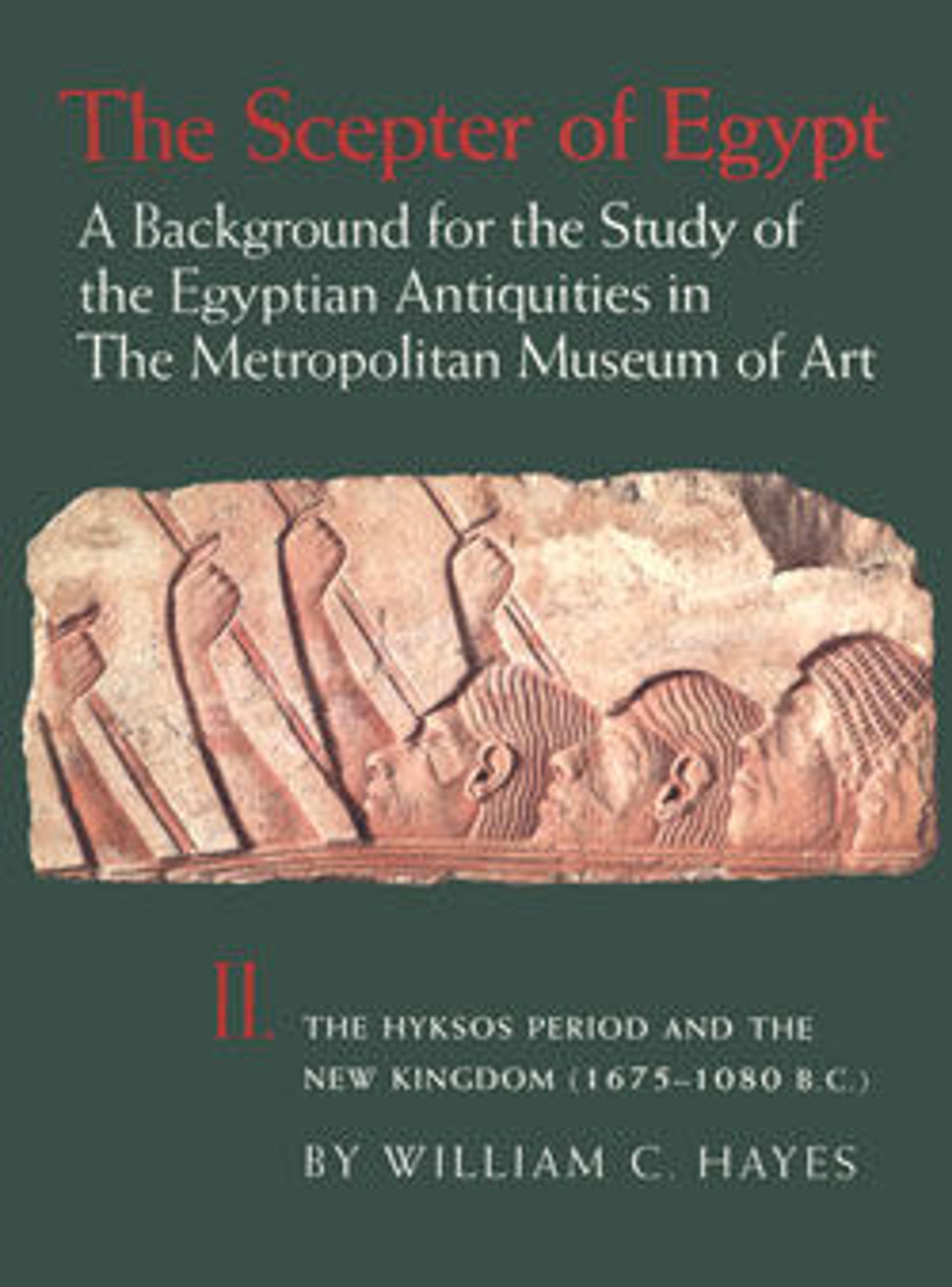Lump of Blue Paste
This small lump is Egyptian blue, a synthetic pigment made from sand, lime, an alkali such as potash or natron, and a copper compound. The components were mixed together and heated in a furnace, producing blue lumps like this one, which could be ground into a pigment. The lump was in a wooden box (36.3.199) together with a bead, a piece of rock salt, and five berries. The box belonged to the burial of an elderly woman (for her coffin, see 36.3.184).
Artwork Details
- Title: Lump of Blue Paste
- Period: New Kingdom
- Dynasty: Dynasty 18
- Reign: Joint reign of Hatshepsut and Thutmose III
- Date: ca. 1479–1458 B.C.
- Geography: From Egypt, Upper Egypt, Thebes, Sheikh Abd el-Qurna, Tomb of Senenmut (TT 71), below, burial 2, in box, MMA excavations, 1935–36
- Medium: Paste
- Dimensions: L. 1 × H. 0.6 cm (3/8 × 1/4 in.)
- Credit Line: Rogers Fund, 1936
- Object Number: 36.3.202
- Curatorial Department: Egyptian Art
More Artwork
Research Resources
The Met provides unparalleled resources for research and welcomes an international community of students and scholars. The Met's Open Access API is where creators and researchers can connect to the The Met collection. Open Access data and public domain images are available for unrestricted commercial and noncommercial use without permission or fee.
To request images under copyright and other restrictions, please use this Image Request form.
Feedback
We continue to research and examine historical and cultural context for objects in The Met collection. If you have comments or questions about this object record, please contact us using the form below. The Museum looks forward to receiving your comments.
